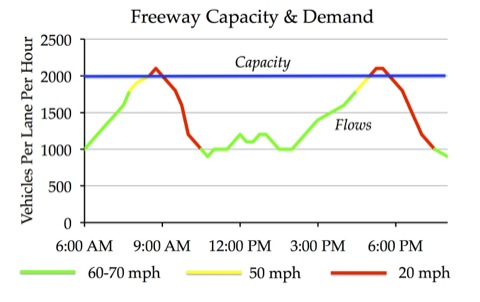The Obama administration has announced that it wants to spend a half-billion dollars buying high-speed rail cars in an obvious bid to create more businesses beholden to the administration as well as to its rail program. But more and more people are turning against the president’s dream of being the Eisenhower of high-speed rail.
The Wall Street Journal calls the California high-speed plan the Kafka Express. Michael Lind, of the center-left New America Foundation, realizes that high-speed rail is the wrong future. Yet Jerry Brown is so insistent on building it that he’s willing to sacrifice welfare and other social programs.
In response to pressure from the federal government to start construction, the president of California’s senate has asked the federal government to commit itself to put up several tens of billions to finish the project. Of course, with resistance to the project in Congress, that’s not going to happen.








